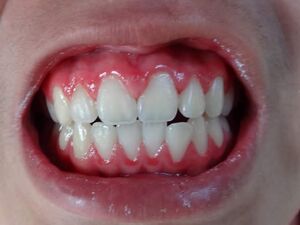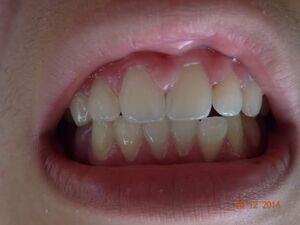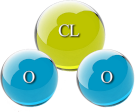Young man with gingivitis
Title: Rapid Remission of Gingivitis in a Young Male Patient: A Case Study on Protocol J with Chlorine Dioxide Treatment


Abstract: This case study reports the swift remission of gingivitis observed in a young male patient within less than one week of treatment. No adverse effects were noted during the course of the treatment. The application of Protocol J resulted in a significant reduction of inflammation, with outcomes surpassing initial expectations.
Introduction: Gingivitis is a common inflammatory condition affecting the gums, characterized by swelling, redness, and bleeding. Effective management is crucial to prevent progression to more severe periodontal diseases.
Methods: The patient was treated using Protocol J, which involved the administration of chlorine dioxide (CDS). Clinical assessments were conducted at baseline and at regular intervals throughout the treatment period to evaluate inflammation and overall oral health.
Results: Within a week of initiating treatment, notable improvements were documented. The patient exhibited marked reduction in gingival inflammation, with clinical photographs illustrating the rapid resolution of symptoms. The overall outcome was significantly better than anticipated, with no adverse events associated with the use of CDS.
Discussion: The findings suggest that Protocol J utilizing chlorine dioxide may be an effective approach for the rapid treatment of gingivitis. Further research is warranted to validate these results and explore the mechanisms underlying the observed efficacy.
Conclusion: This case highlights the potential of Protocol J with chlorine dioxide for achieving swift remission of gingivitis in a young patient, contributing valuable insights to the management of inflammatory periodontal conditions.
A recent study on the subject: Molecular and Genetic Medicine
Pain Comparison with Visual Analog Scale (EVA) inPatients with Acute Necrotizing Ulcerative Gingivitis (ANUG) and Wisdom Pericoronitis during Chlorine Dioxide Treatments
A. Korrodi Ritto*Research Article - (2022) Volume 16, Issue 4
